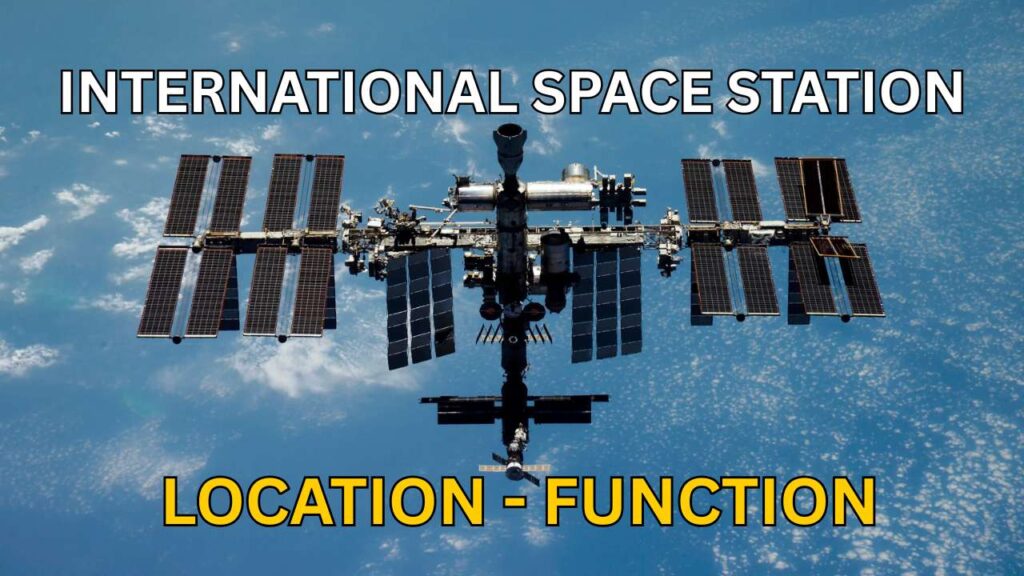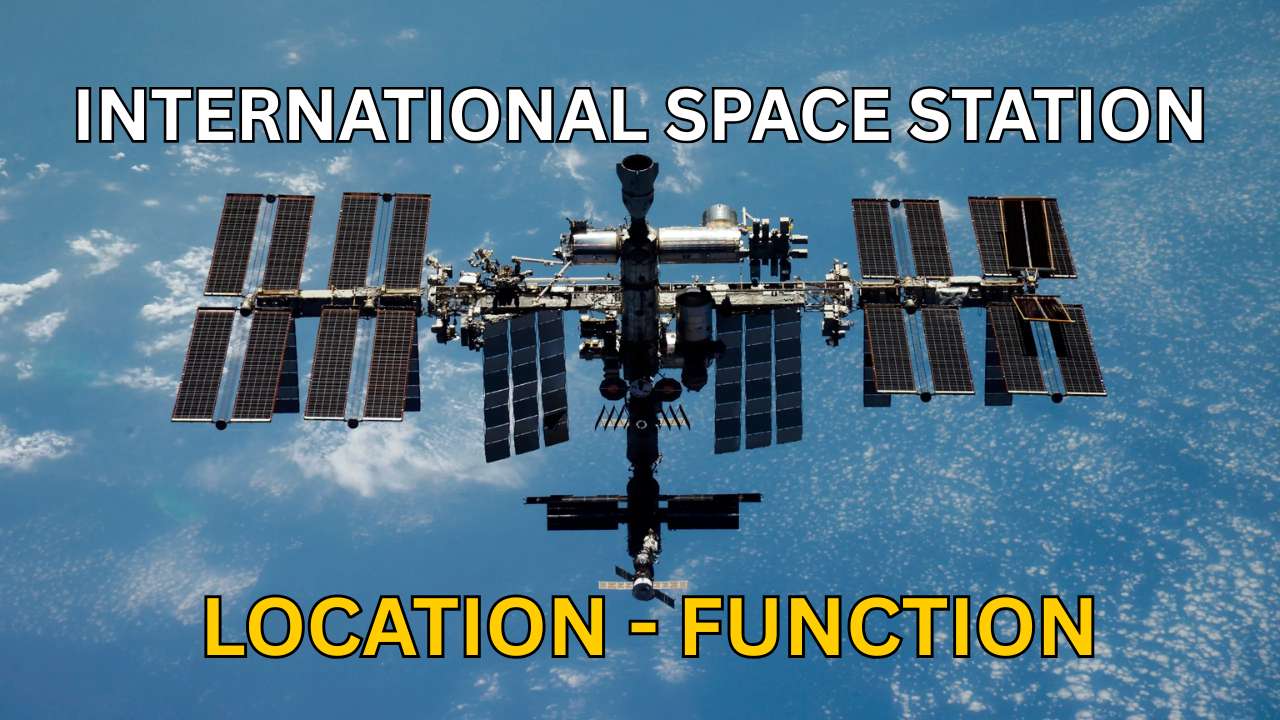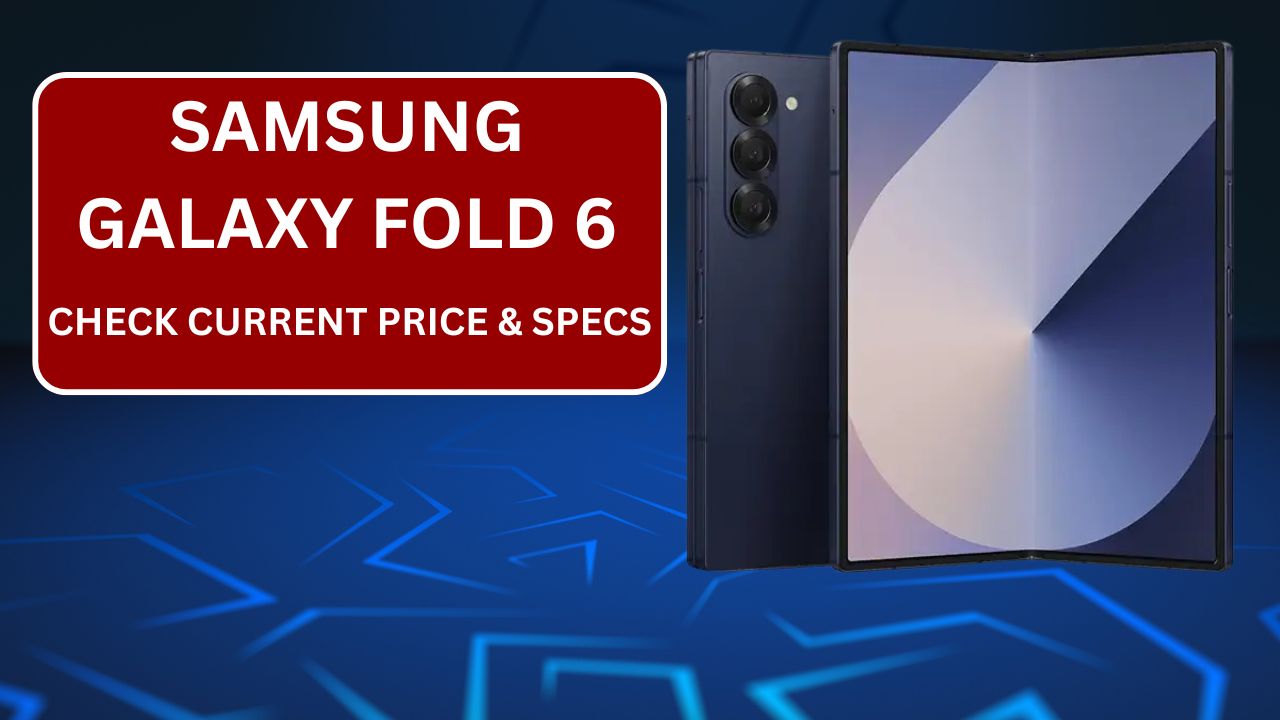The ISS is one of moving livingly space craft. The ISS floats about 402 Kms above the earth. It is basically the scientific laboratory for research, living space. The ISS is one of the symbols of global cooperation. This International Space Station orbits the earth. It serves as a home where the astronauts live and performs scientific experiments in space. The ISS moves at the speed of 5 miles/second. Because of this, the ISS orbits the earth in 90 – 93 minutes. In 24 hours, the ISS completes around 16 orbits.
International Space Station
The ISS construction was begun in 1998 and ended in 2011. It was not launched all at once and it was assembled in space over the years module wise. There are many parts in the ISS including laboratories, solar panels, living modules, and more. The International Space Station uses solar energy as the large solar panels convert the sunlight to electricity which powers heating, cooling, computers, lighting and more. Astronauts from various countries like the USA, Japan, Russia, France and more live on the ISS. Usually 7 crew members are on ISS and in one mission 13 crew members were on the ISS. These crew members spend their time doing the experiments, exercising, talking to mission control and more.

ISS Scientific Laboratory – Quick Facts
| Post Title | International Space Station |
| International SpaceCraft Name | International Space Station |
| Construction Started In | 1998 |
| Purpose | Space Research, International Cooperation, Experiments |
| Total Crew Capacity | Up to 7 Astronauts |
| Ownership | 5 Space Agencies From 15 Countries |
| Countries Involved | Canada, Belgium, France, Denmark, Japan, Germany, Italy, Netherlands, Norway, Sweden, Russia, Spain, US, Switzerland, UK |
| Operating Altitude | 402 Kilometers |
| Total Length | 192 ft |
| Total Height | 100 ft |
| Mass | 9,19,964 lbs |
| Power Generation | 120 Kw |
| Power Supply Source | Solar Panels, Sunlight |
| Orbit Speed | 5 miles per second |
| Time Taken to complete one orbit | 90 Minutes |
| Total Orbits in a Day | 16 Orbits |
| Estimated Retirement | Planned for 2030 |
| Spot the ISS | www.spotthestation.nasa.gov |
International Space Station Location
The International Space Station is currently in Space and orbits the earth at an altitude of around 402 Kilometers. This space station moves so fast at the speed of 5 miles per second and due to this one orbit completes every 90 minutes and in 24 hours, the ISS completes 16 orbits. The ISS can be seen with naked eyes. The space station can be tracked and it can be possible with the “Spot the Station” app which is available on IOS and Android. Use the following links to download the app and spot the ISS:
| Spot the Station Official Web Portal | www.spotthestation.nasa.gov |
| Download Link for IOS | Link Here |
| Download Link for Android | Link Here |
ISS Functions
ISS includes various components and each serves a different purpose. Check out the list of components:
| Module | Launched Year | Length | Function |
| Unity | 1998 | 5.5 m | Living & Working space |
| Zarya | 1998 | 12.8 m | Source of Power, Jet Propulsion engine |
| P6 Truss | 2000 | 18.3 m | Remote manipulator system, solar cell batteries |
| Z1 Truss | 2000 | 4.6 m | Attachment points for solar array, external payloads |
| Zvezda | 2000 | 13.1 m | Flight control system |
| Solar Array | 2000 | 73.2 m | Energy to station |
| Canadarm 2 | 2001 | 16.9 m | Remote Manipulator system |
| Destiny | 2001 | 8.5 m | Operating facility of US research |
| Pirs Airlock | 2001 | 4.9 m | Docking Compartment |
| Quest Airlock | 2001 | 5.5 m | EVA Activities |
| Mobile Transporter / S0 Truss | 2001 | 13.4 m | Base for moving Station robotic arm |
| P1 Truss | 2002 | 13.7 m | Radiators |
| Mobile Base | 2002 | 5.8 m | Movable work platform for Canadarm2 & Dextre |
| S1 Truss | 2002 | 13.7 m | Radiators |
| P5 Truss | 2006 | 3.3 m | Attachment point for the P6 Truss |
| P3 / P4 Truss | 2006 | 13.7 m | Radiators |
| Progress | Ongoing | 7.4 m | Contains propellant tanks |
| Soyuz | Ongoing | 7 m | Additional pressurise volume for crew |
| S5 Truss | To be launched | 3.3 m | Sport utility vehicle |
| S3 / S4 Truss | To be launched | 13.7 m | Radiators |
| Columbus | To be launched | 6.9 m | Science Equipments |
| Russian Research | To be launched | 3 m | Research lab, docking port |
| Node 2 | To be launched | 6.1 m | Utility hub |
| Pressurized Section | To be launched | 3.9 m | Connecting Modules of the ISS |
| Cupola | To be launched | 3 m | Observatory module |
| Kibo | To be launched | 11.2 m | Experiment Module |
| Node 3 | To be launched | 6.1 m | Environmental Control System |
| Dextre | To be launched | 3.5 m | Robotic Maintenance |
| ELM Exposed Section | To be launched | 4.9 m | Payload storage space |
| S6 Truss | To be launched | 13.7 m | Radiators |
| Kibo Exposed Facility | To be launched | 5.6 m | Multipurpose Platform – Science Experiment |
FAQ Related To International Space Station
- Who owns the ISS?
- The 5 international space agencies from 15 countries own the ISS.
- Is the International Space Station currently in space?
- Yes, the ISS is currently in space and the exact location can be known via Spot the Station app.
- What’s the expected retirement year for the ISS?
- The expected retirement year for the ISS is 2030.
- Where can users know more on the ISS?
- The users can know more on the ISS via NASA official web portal.

















